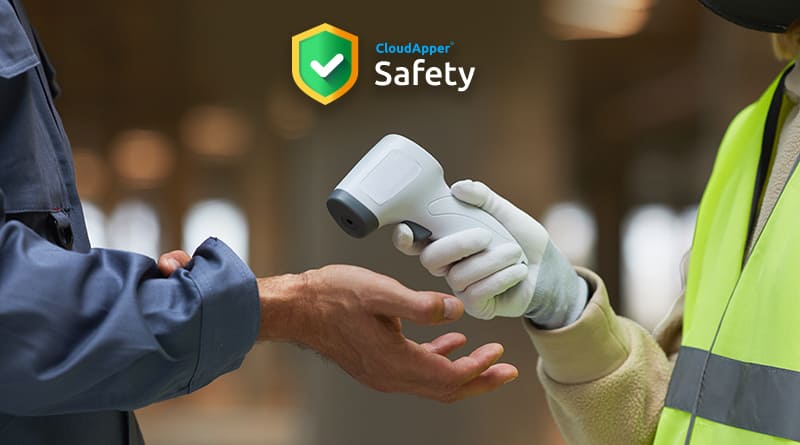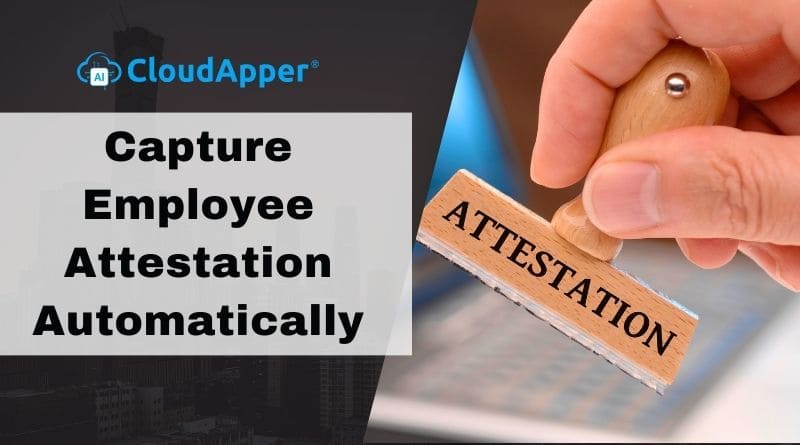The stats are in. In 2019 over 5,300 people were killed in workplace accidents and incidents. Company owners may think that their employees are sensible and that they do not need to emphasize on workplace safety training. The truth of those figures tells otherwise. Workers can never be too prepared for the unexpected. All it takes is one person to forget the rules and something life changing could occur..
Workplace safety training is vital to ensure that risks are minimized and employees know how to react when things do go wrong. Training sessions regarding workplace safety may be seen as boring, but living with chronic pain, or having to adapt a lifestyle because of injury or illness, causes much more distress. Repeating the best way to react in certain situations until it becomes second nature can help guard workers against dangers inherent to their job. Knowing how to defuse a situation, to deal with an angry customer, to administer first aid to someone who is having a seizure or an asthma attack can save lives. Equally, safe behavior in warehouses, on construction sites and on factory production lines can make the working day less stressful and worrying for everyone.
Good workplace safety training can even lead to extra qualifications. Workers can be certified first aiders, fire wardens, mental health advocates or trainers in their own right. This ensures that staff are themselves invested in providing training to their coworkers, which can raise awareness and encourage personal responsibility.
Guidelines need to be easily accessible, so besides printed format, they need to be available online too. That’s where CloudApper comes in. CloudApper safety app allows employers to gather all the OSHA reporting and recording forms as well as relevant safety training information. This also means safety guidelines are easily auditable, and everyone knows where they are when they need to consult them.
Developing a workplace safety program
A successful safety program generally requires long-term preparation, vision, and dedication from all levels of the organization. Let’s take a look at seven important steps in establishing a safety and health program:
-
Determine the requirements of your business
Determine the company’s needs, future risks, and training goals. Then look back at previous accidents and common industry risks. Determine which issues require training and which require other solutions such as safety equipment or warning signs.
-
Your workforce should be included
Include your employees in the development, implementation, and optimization of the training program. Managers, bosses, and staff all play an important role. They have the strongest idea of how work is done and where potential threats to their safety and wellbeing are hidden.
-
Applicable for all roles
Create standardized training and testing processes that can be adapted to each position in the company in accordance with the rules. Knife safety instructions are the same as for a waiter and a fry cook, but fire safety precautions and cleaning material handling instructions can vary.
-
Managers should be included
Managers and subordinates should be trained on their teams’ safety criteria. This will allow them to spot problems with employee compliance with safety regulations.
-
Channels of communication are important
Use hazard reporting communication channels in the training so that employees know who to contact and how to avoid an accident.
-
Surprise Tests
Quizzes and surprise inspections are great ways to put the employees to the test. These will assist you in determining the effectiveness of your workplace safety plan before an injury causes you to discover it is ineffective.
-
Maintain it continuously
Provide workers with continuous and quick access to safety training material so they can update their knowledge as needed. For example, what about an employee who was trained on the safety requirements of operating a specific machine six months ago and hasn’t used it since? It is more likely that it will stay safe if the training course material is easily accessible for him to study.
Practice makes perfect
Many external assessors and auditors employ a similar tactic, approaching random staff members when conducting unannounced inspections. The assessor then questions them about their knowledge of workplace safety, procedures and policies.
Having an app such as CloudApper Safety available to all staff, and making sure they are familiar with what they will find there, makes it more likely that the worker will be able to answer the assessor’s questions quickly and confidently. This in turn gives a better impression of the business as a whole. Organizations can use CloudApper Safety for recording and reporting incidents, scheduling training, logging compliance and accessing policies and procedures.



















